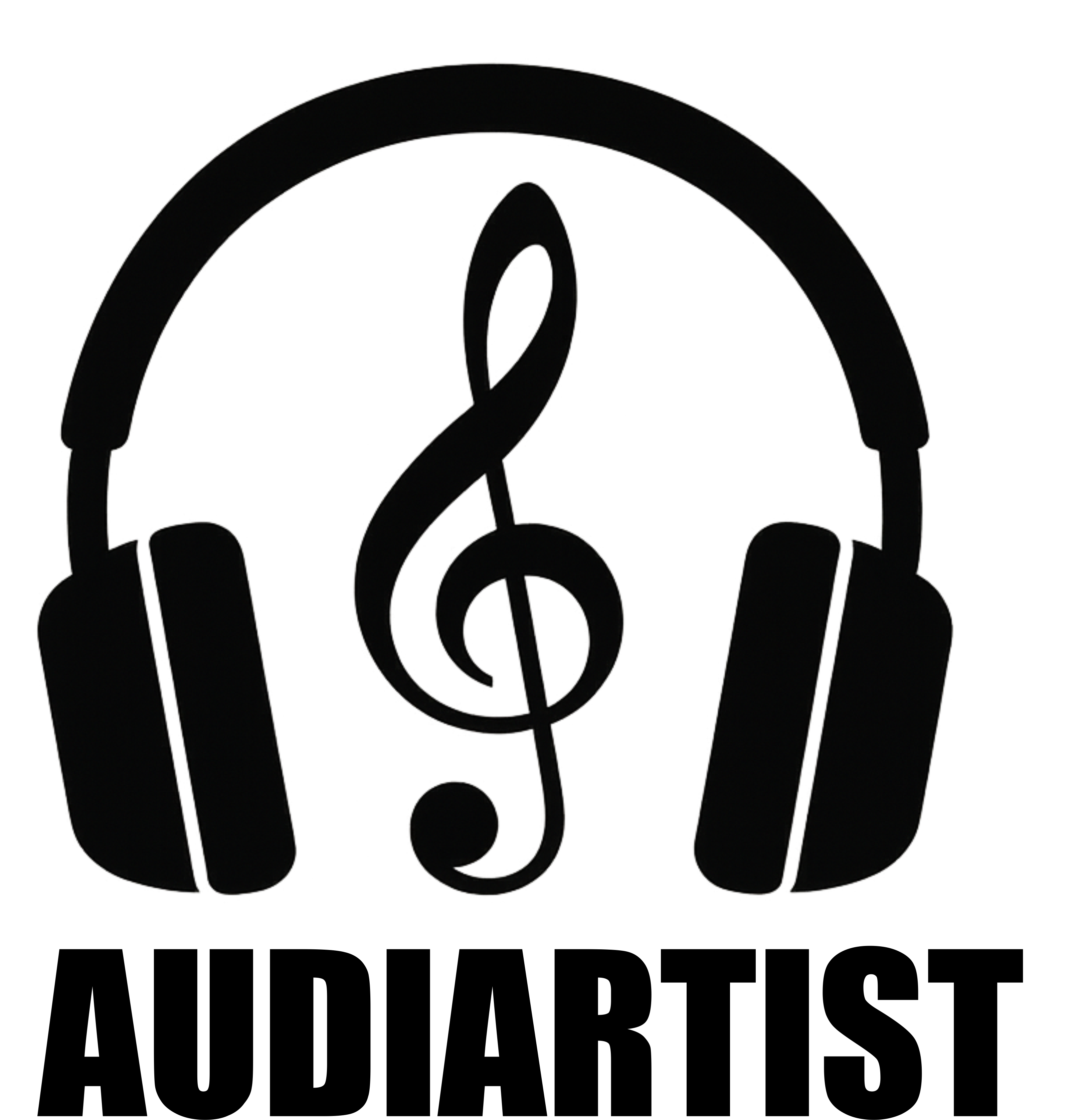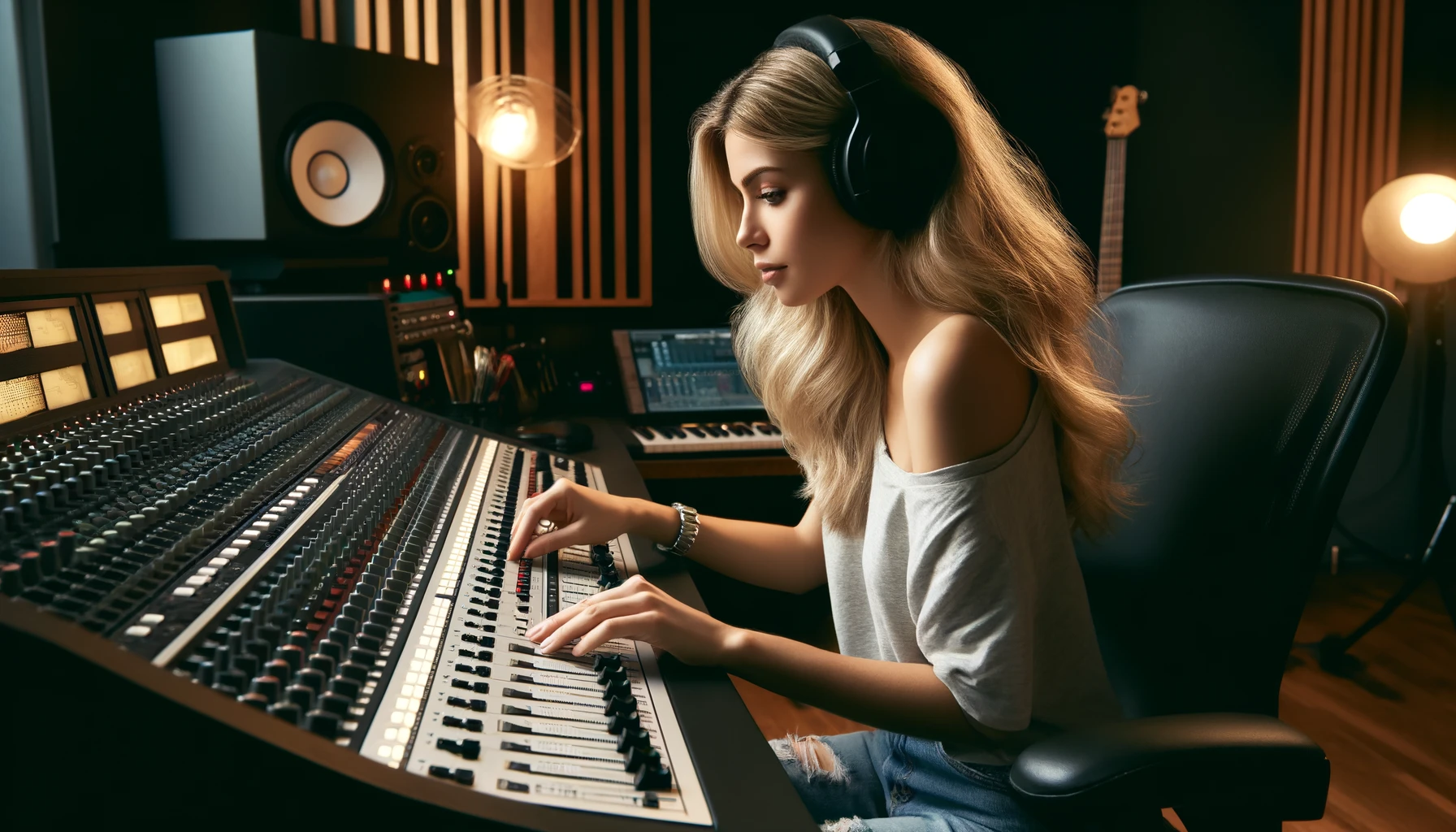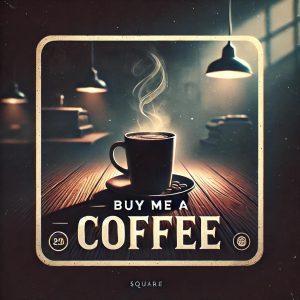Hey there, audio enthusiasts! Reverb, short for reverberation, is an essential effect in audio production. It simulates the sound of your audio in different spaces, from a small room to a large hall. Let’s dive into what reverb is and how you can use it to add depth and dimension to your mixes.
What is Reverb?
Reverb is the persistence of sound after the original sound is produced. It occurs when a sound reflects off surfaces in an environment, creating a series of echoes that gradually fade away. In audio production, reverb can make a track sound more natural or create an atmospheric, ethereal effect.
Types of Reverb
- Hall Reverb: Simulates the acoustics of a concert hall, perfect for orchestral and vocal tracks.
- Room Reverb: Mimics the sound of a smaller space, adding warmth and intimacy to your mix.
- Plate Reverb: Uses a metal plate to create reverb, providing a smooth and dense effect.
- Spring Reverb: Uses a spring mechanism, often found in guitar amplifiers, for a unique, vintage sound.
How to Use Reverb in Your Mixes
Vocals: Apply reverb to vocals to add warmth and space. Use a shorter decay time for a tight, intimate feel, or a longer decay for a more expansive, dreamy sound.
Instruments: Use reverb on instruments to place them in a realistic space. For example, a hall reverb on strings can create a lush, full sound, while a room reverb on drums can add punch and presence.
Creative Effects: Experiment with extreme reverb settings to create unique, ambient soundscapes. Long decay times and high mix levels can turn any sound into a wash of echo and reverb.
Tips for Using Reverb
- Start Subtle: Less is often more. Begin with subtle settings and increase as needed to avoid muddying your mix.
- Use Pre-Delay: Adding a slight delay before the reverb starts can help maintain the clarity of the original sound.
- High-Pass Filter: Use a high-pass filter to remove low frequencies from the reverb, preventing a boomy mix.
- Layer Reverbs: Combining different types of reverb can create a more complex and interesting sound.
- Automate Reverb: Use automation to change reverb settings throughout your track, adding movement and interest.
Top 5 Free Reverb VSTs
- OrilRiver: A versatile and high-quality reverb plugin offering a variety of algorithms and settings.
- TAL-Reverb-4: A simple yet lush reverb perfect for adding depth to your tracks.
- Sanford Reverb: A great free reverb with a rich sound and flexible parameters.
- Ambience: A powerful reverb that’s great for both subtle and extreme effects.
- Dragonfly Reverb: A collection of free reverb plugins that cover a wide range of reverb types and settings.
So there you have it! Understanding and using reverb can add a whole new dimension to your mixes. Experiment with these tips and free VSTs to find the perfect reverb for your sound. Happy mixing!
![]()














